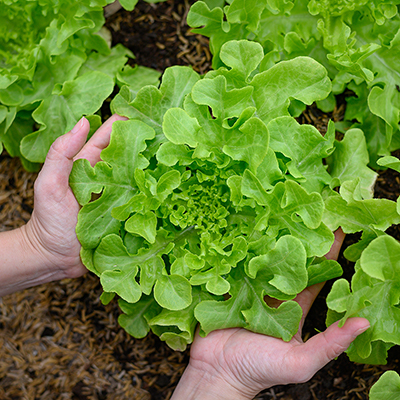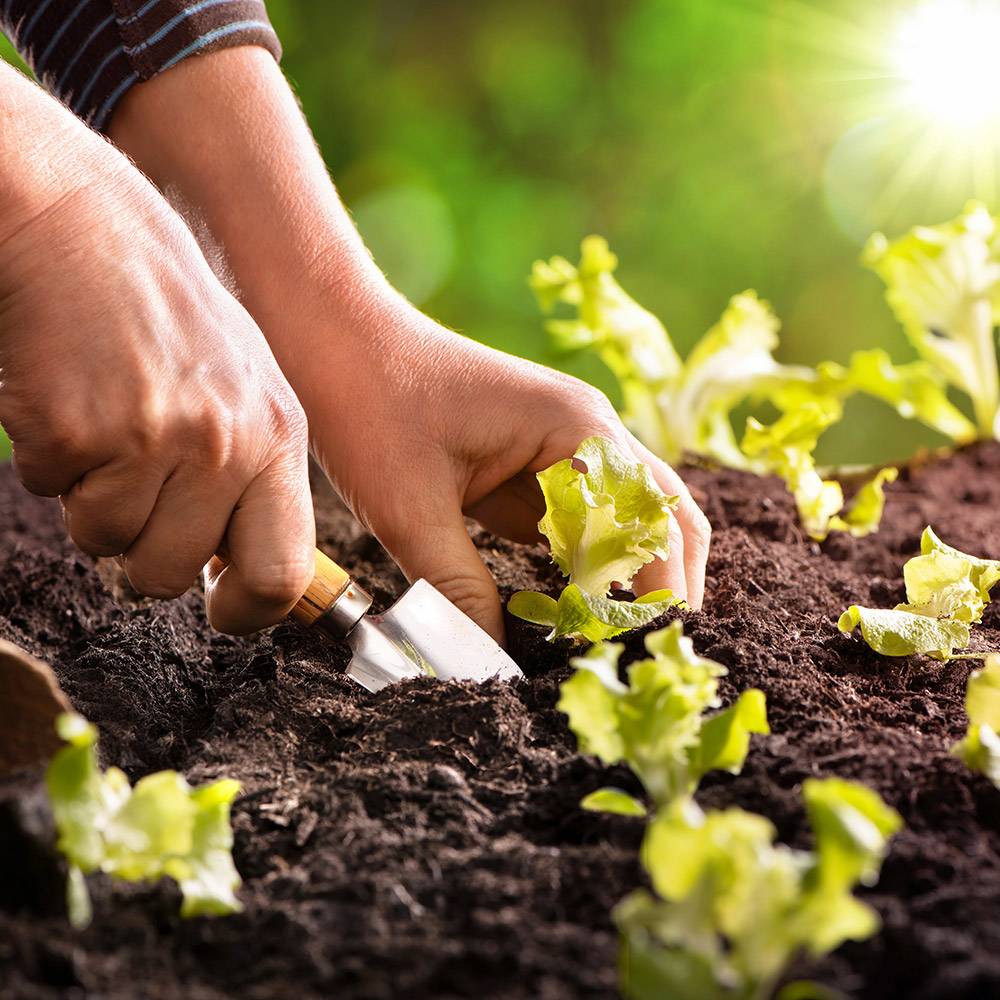How to Harvest Lettuce

Last updated September 7, 2023
Homegrown lettuce heralds the beginning of all things fresh from the ground to your table. Lettuce is one of the first vegetables to mature in an early spring garden. It goes from sprinkled seeds in soil to lively salads with a few simple steps. When the garden fades in fall, you can still grow lettuces right up until first frost.
Learn the different types of lettuce, how they grow and how you can harvest them in your garden.
Difficulty:
Beginner
Duration:
Under 2 hours
Table of Contents
Choose Lettuce to Grow
How to Harvest Leaf Lettuce
How to Harvest a Full Head of Lettuce
How to Store Lettuce
Choose Lettuce to Grow
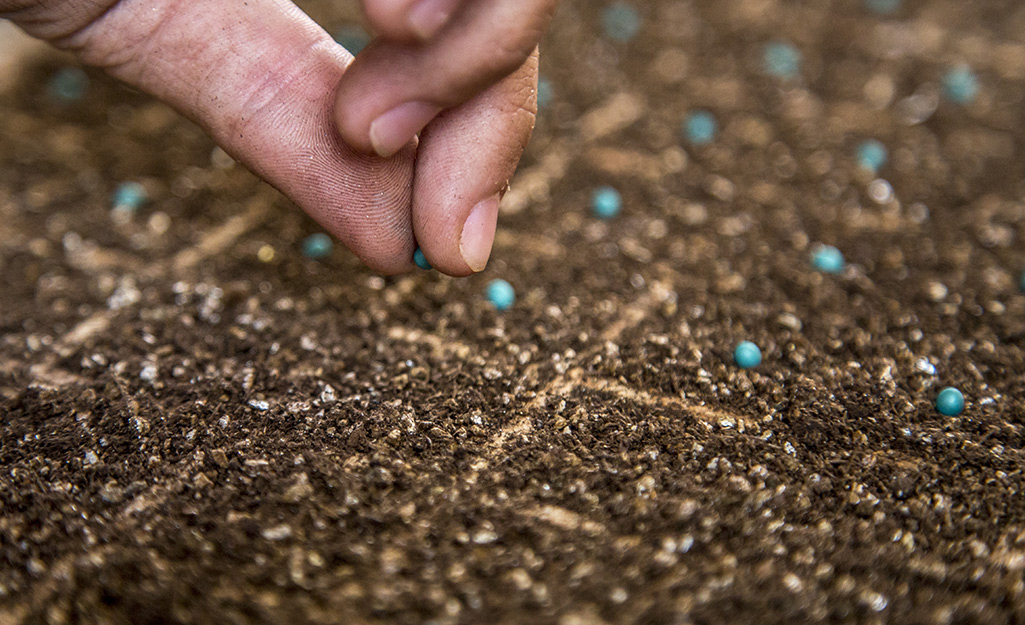
When selecting lettuce to grow, you have choices of categories: head lettuce, romaine, butterhead (loose head) and leaf lettuce.
The key difference for growing and harvesting is that head lettuces like iceberg, romaine and butterhead are a one-time harvest, while you can get multiple harvests from leaf lettuce crops. For that reason, leaf lettuces are popular with home gardeners because you can grow them in-ground, in raised beds or patio containers.
Remember that lettuce is a cool season crop and you need to plan to harvest while temperatures are still cool in spring, usually under 70 degrees Fahrenheit. In fall, know your region’s date of first frost and plant accordingly. Fall crops may do best if started from seed indoors and then transplanted into the garden when the temps cool.
Look for head lettuce varieties that you can grow from seed like Crisphead and Iceberg. The seeds germinate in 10 to 21 days and the lettuce will mature and be ready to harvest in about six weeks.
Buttercrunch is a loose butterhead variety that can be grown from seed or seed tape. It’s ready to harvest in 65 days.
Romaine varieties like Vivian produce tender and flavorful leaves. In spring, directly sow seed in the garden. In fall, started seeds indoors and transplant to your garden.
Loose leaf lettuce varieties are quick crops that are fun to try in salads, sandwiches and more kitchen creations. Look for heirloom varieties like ‘Black Seeded Simpson’ and mesclun mixes. Many are sold in easy-to-grow seed tapes that will yield a harvest in about seven weeks.
Tip: Lettuces are perfect for succession planting. Within the growing season, sow seeds or seedlings each week for a fresh, rolling harvest.
How to Harvest Leaf Lettuce
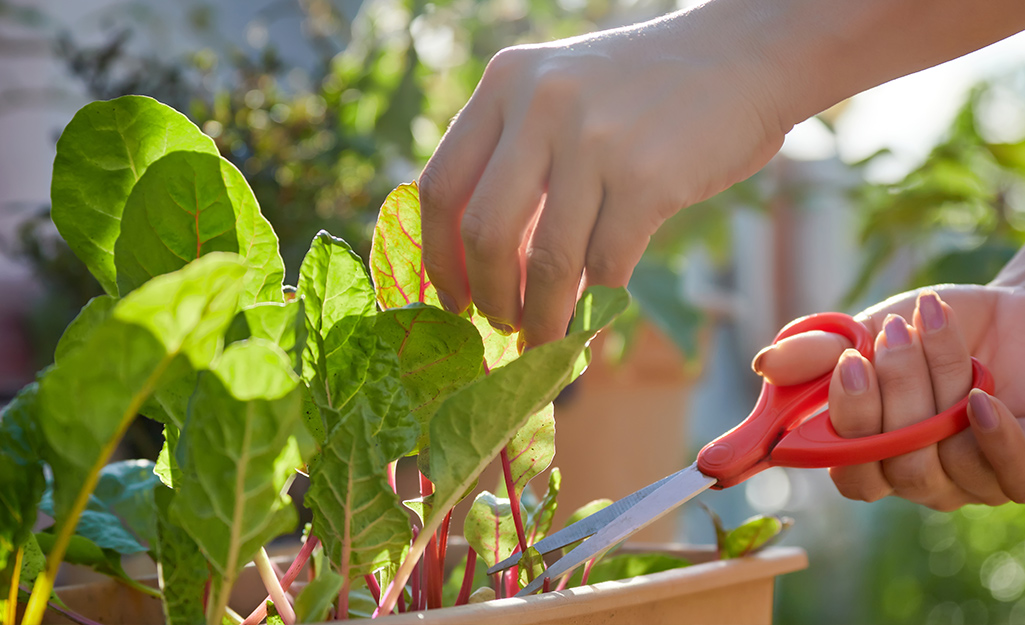
A leaf lettuce crop in your home garden gives you the flexibility to harvest salad in cool seasons when you’re ready to eat. You can also wait until the lettuce matures, and then harvest a crop all at once. It’s easiest, though, to clip off new lettuce leaves as they grow for whenever you want to eat them.
You'll know when to harvest lettuce leaves when they grow to about 3 to 6 inches long, depending on the variety. Keep harvesting the leaves until the lettuce plant "bolts.” This means that plant has turned its energy to producing flowers and seeds and leaves usually become bitter-tasting with tough stems.
How to Harvest Lettuce Leaves:
- Use a clean pair of garden shears to carefully clip the leaves off near the stem. Approach from the side of the plant for best results.
- You can slice off the head of leaf lettuce about an inch from the bottom. Leave enough of the base for new leaves to emerge.
- Before clipping, clean the scissors with hot water and soap or rubbing alcohol. Do this again before using them to harvest your next bunch of lettuce leaves. Lettuce is a delicate crop and
practice prevents transferring diseases.
How to Harvest a Full Head of Lettuce
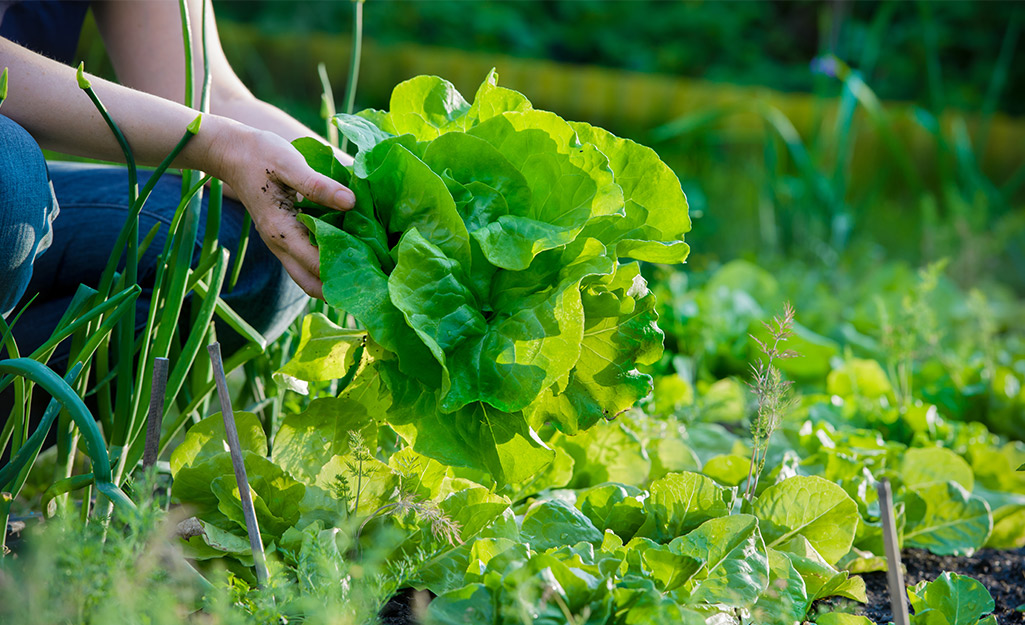
You can let a lettuce plant mature until it creates a full head of leaves. Harvest head lettuce with the "one and done" method. Simply cut the entire head of lettuce with a knife at the base of the plant, above the soil line. A harvest knife is useful for this.
Remember the seed packet and note the days to harvest or maturity. As your plants grow, look for signs of maturity, usually that the head feels firm and filled out. In spring, harvest before the weather becomes too hot, usually when temperatures reach 70 degrees Fahrenheit during the day. Warm temperatures can make the lettuce head mushy and the leaves taste bitter.
Tip: Try to harvest your lettuce crops in the early morning when the vegetables are in peak cool and crisp condition.
How to Store Lettuce

When you bring the lettuce inside, you can wash the leaves in a colander and dry the leaves with thick cotton towels to then use in salads and sandwiches. If you grow a lot of lettuce, a salad spinner is a good investment. It makes quick work of washing and drying lettuce.
Store unwashed lettuce leaves in the refrigerator. Place the leaves in a loose plastic bag for about a week for most greens. When you're ready to eat the salad greens, rinse them in several changes of cold water and thoroughly dry them.
When creating your vegetable garden, remember that The Home Depot rents the tools you need, from tillers to wheelbarrows. You can rent the truck to haul your tools, plants and garden soil, too.
